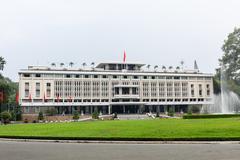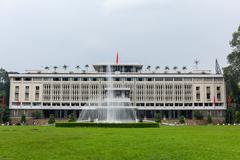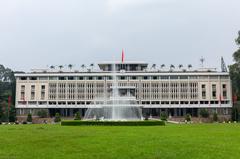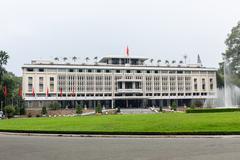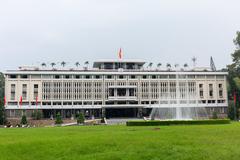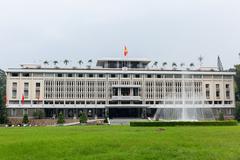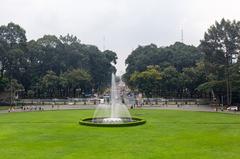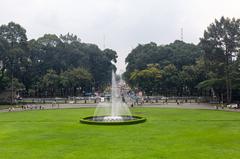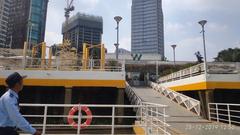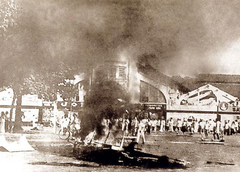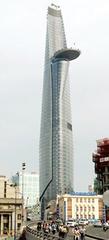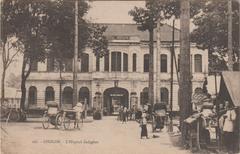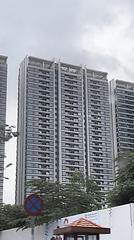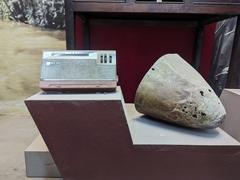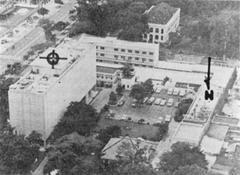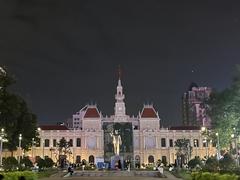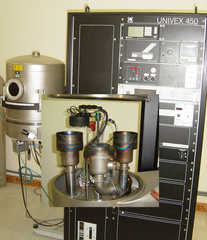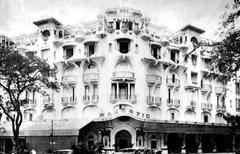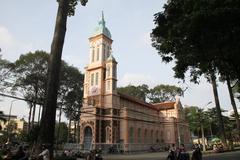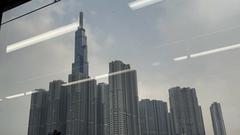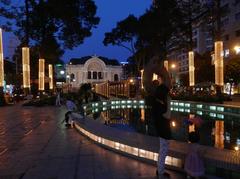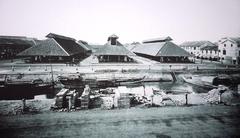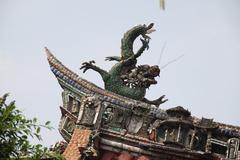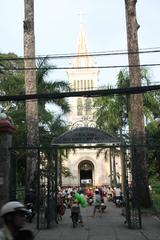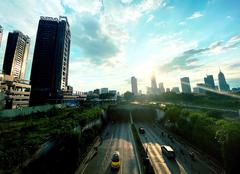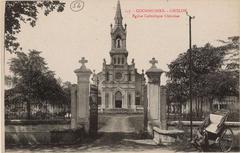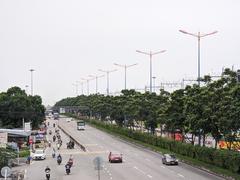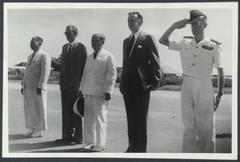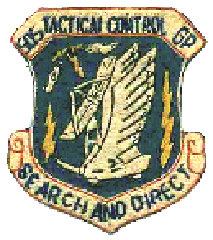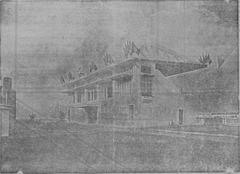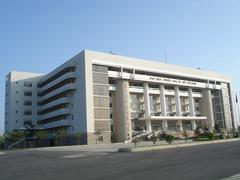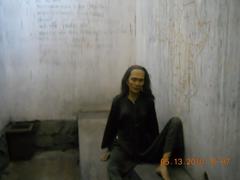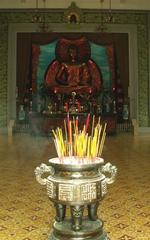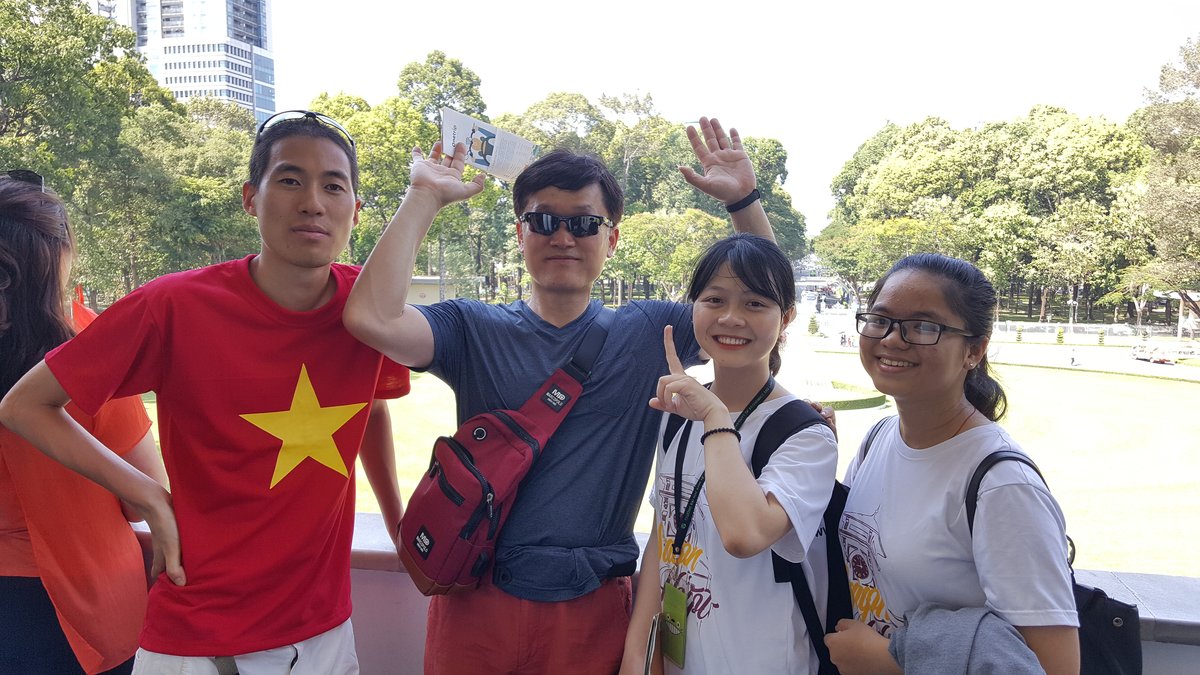
Dinh Độc Lập Visiting Hours, Tickets, and Historical Significance in Ho Chi Minh City
Date: 17/07/2024
Introduction
Dinh Độc Lập, also known as Independence Palace or Reunification Palace, is one of the most significant historical sites in Ho Chi Minh City, Vietnam. This emblematic monument encapsulates the country’s enduring journey through periods of colonialism, war, and eventual reunification. Originally constructed in 1868 during the French colonial era, it served as the Norodom Palace, the residence of the French Governor of Cochinchina. Its remarkable history reflects the broader socio-political shifts that have shaped modern Vietnam. Following the First Indochina War and the Geneva Accords, it transformed into the Independence Palace, becoming the political and administrative heart of South Vietnam (Vietnam Online, Lonely Planet, History Extra).
The palace’s current structure, a masterpiece of 1960s modernist architecture designed by Ngô Viết Thụ, stands on the site of the original Norodom Palace, which was demolished following a coup attempt in 1962. The new palace was completed in 1966 and played a central role in Vietnam’s history, most notably on April 30, 1975, when a North Vietnamese tank crashed through its gates, symbolizing the fall of Saigon and the end of the Vietnam War (BBC). Today, Dinh Độc Lập is preserved as a historical monument and museum, offering a glimpse into the tumultuous past and the resilience of the Vietnamese people (Vietnam National Administration of Tourism).
Table of Contents
- History of Dinh Độc Lập (Independence Palace)
- Visitor Information and Tips
- Special Events and Guided Tours
- Photographic Spots
- Conclusion
- FAQ
- Call to Action
History of Dinh Độc Lập (Independence Palace)
Early Beginnings and Colonial Era
The site of Dinh Độc Lập dates back to the French colonial period. Originally, it was home to the Norodom Palace, constructed in 1868 by the French colonialists. Named after King Norodom of Cambodia, it served as the residence of the French Governor of Cochinchina. The architecture was a blend of French colonial and traditional Vietnamese styles, symbolizing French influence in the region (Vietnam Online).
Transition to Independence Palace
Following World War II and the First Indochina War, the French were defeated at the Battle of Dien Bien Phu in 1954. The Geneva Accords temporarily divided Vietnam into North and South. The Norodom Palace was handed over to the State of Vietnam, led by Emperor Bao Dai. In 1955, Ngo Dinh Diem, the Prime Minister of the State of Vietnam, declared himself President of the Republic of Vietnam (South Vietnam) and renamed the palace to Dinh Độc Lập (Lonely Planet).
Destruction and Reconstruction
In 1962, the palace was severely damaged during an attempted coup against President Diem. Two rebel pilots bombed the palace, causing significant destruction. Rather than repairing the old structure, Diem decided to demolish it and build a new palace on the same site. The new design was entrusted to Vietnamese architect Ngô Viết Thụ, who had won the prestigious Grand Prix de Rome in architecture. The construction of the new Independence Palace began in 1962 and was completed in 1966 (History Extra).
Architectural Significance
The new Independence Palace is a masterpiece of 1960s architecture, blending modernist elements with traditional Vietnamese motifs. The building covers an area of 4,500 square meters and includes a basement, three main floors, two mezzanines, and a terrace. The palace features 95 rooms, each decorated according to its function, ranging from the grand reception hall to the presidential office and private quarters. The design incorporates feng shui principles, with the layout intended to bring harmony and balance (Architectural Digest).
Role During the Vietnam War
Independence Palace played a crucial role during the Vietnam War. It served as the headquarters of the South Vietnamese government and was the site of many significant events. One of the most notable moments occurred on April 30, 1975, when a North Vietnamese Army tank crashed through the gates of the palace, symbolizing the fall of Saigon and the end of the Vietnam War. This event marked the reunification of North and South Vietnam under communist control, and the palace was subsequently renamed Reunification Palace (BBC).
Post-War Era and Preservation
After the war, the Reunification Palace was preserved as a historical monument. It stands as a symbol of the tumultuous history of Vietnam and the resilience of its people. The palace has been maintained in its original state, with many rooms left as they were on the day Saigon fell. Today, it serves as a museum, offering visitors a glimpse into the past through its preserved rooms, war relics, and historical exhibits (Vietnam National Administration of Tourism).
Cultural and Historical Impact
The Reunification Palace is not just an architectural landmark but also a cultural and historical icon. It represents the complex history of Vietnam, from colonial rule to independence, and from division to reunification. The palace is a testament to the country’s journey through war and peace, making it a significant site for both Vietnamese citizens and international visitors. The annual celebrations of Reunification Day on April 30th often include ceremonies and events at the palace, highlighting its continued importance in Vietnamese culture (The Diplomat).
Visitor Information and Tips
Independence Palace Visiting Hours
The palace is open daily from 7:30 AM to 11:00 AM and from 1:00 PM to 4:00 PM. It is advisable to visit early in the morning or late in the afternoon to avoid the midday heat.
Independence Palace Tickets
Tickets can be purchased at the entrance. The prices are as follows:
- Adults: 40,000 VND
- Students with ID: 20,000 VND
- Children under 6: Free
Accessibility and Travel Tips
The palace is easily accessible by taxi or motorbike from any part of Ho Chi Minh City. For those using public transportation, several bus lines stop near the palace. It is recommended to wear comfortable shoes as there is a lot of walking involved. Don’t forget your camera to capture the beautiful architecture and historical rooms.
Nearby Attractions
While visiting the Independence Palace, consider exploring nearby attractions such as the Notre-Dame Cathedral Basilica of Saigon, the Saigon Central Post Office, and the War Remnants Museum. These sites provide a deeper understanding of Vietnam’s history and culture.
Special Events and Guided Tours
The palace offers guided tours in various languages, providing detailed historical context and insights into its significance. Special events and exhibitions are also held throughout the year, offering unique experiences for visitors.
Photographic Spots
Some of the best photographic spots include the main façade of the palace, the rooftop helipad, and the iconic tank at the entrance. These spots offer great opportunities for memorable photos.
Conclusion
In summary, the history of Dinh Độc Lập is a microcosm of Vietnam’s broader historical narrative. From its colonial origins to its role in the Vietnam War and its current status as a museum, the palace encapsulates the struggles and triumphs of the Vietnamese people. Its preservation as a historical site ensures that future generations can learn about and reflect on this pivotal period in Vietnam’s history. Plan your visit today to explore one of Ho Chi Minh City’s most significant historical sites.
FAQ
What are the visiting hours for Independence Palace?
The palace is open daily from 7:30 AM to 11:00 AM and from 1:00 PM to 4:00 PM.
How much are the tickets for Independence Palace?
Tickets are 40,000 VND for adults, 20,000 VND for students with ID, and free for children under 6.
What are some nearby attractions?
Nearby attractions include the Notre-Dame Cathedral Basilica of Saigon, the Saigon Central Post Office, and the War Remnants Museum.
Call to Action
For more updates and detailed guides on historical sites in Ho Chi Minh City, download the Audiala mobile app. Follow us on social media to stay informed about upcoming events and new articles.
References
- Visiting Independence Palace (Dinh Độc Lập) in Ho Chi Minh City - History, Tickets, and Tips, 2023, Various Authors Vietnam Online
- Visiting Independence Palace (Dinh Độc Lập) in Ho Chi Minh City - History, Tickets, and Tips, 2023, Various Authors Lonely Planet
- Visiting Independence Palace (Dinh Độc Lập) in Ho Chi Minh City - History, Tickets, and Tips, 2023, Various Authors History Extra
- Visiting Independence Palace (Dinh Độc Lập) in Ho Chi Minh City - History, Tickets, and Tips, 2023, Various Authors BBC
- Visiting Independence Palace (Dinh Độc Lập) in Ho Chi Minh City - History, Tickets, and Tips, 2023, Various Authors Vietnam National Administration of Tourism
- Independence Palace - History, Visiting Hours, and Tips, 2023, Various Authors The Diplomat

